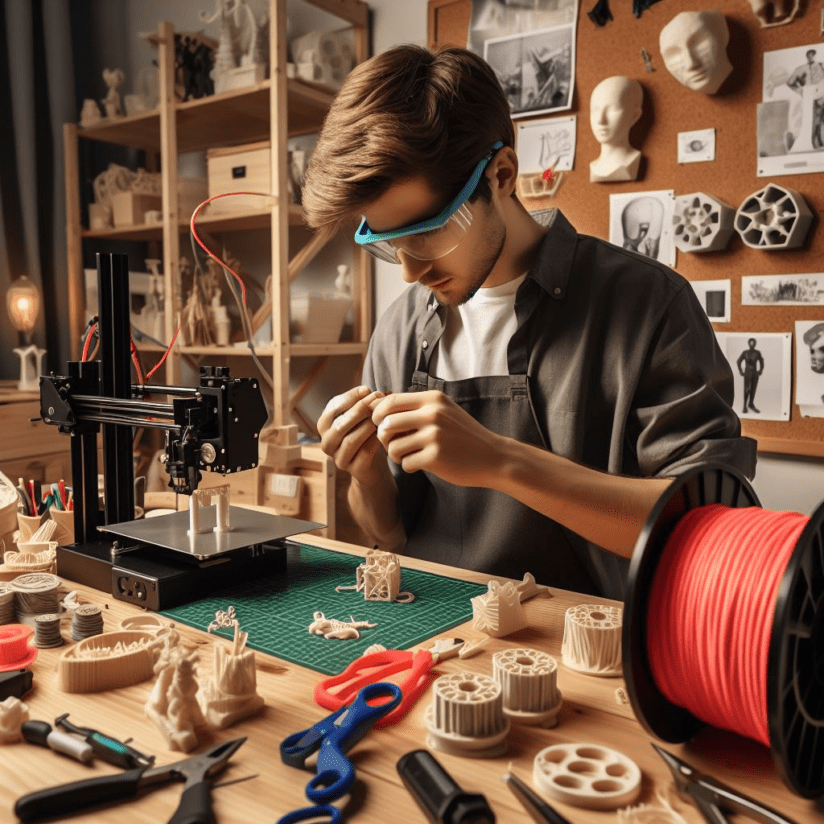3D printing, also known as additive manufacturing, has revolutionized the way we think about production and prototyping. By creating objects layer by layer from digital models, this technology has found applications in various fields, from healthcare to aerospace. As we look to the future, the potential for 3D printing to transform industries and everyday life continues to grow, driven by advancements in materials, precision, and accessibility.

Technological Advancements
The future of 3D printing is poised to benefit greatly from several key technological advancements:
– New Materials: The world of 3D printing is being revolutionized by the continuous development of new materials. From biocompatible polymers to advanced composites and even food-safe substances, these innovative materials are broadening the scope of what can be created using 3D printing technology. They improve the performance and longevity of printed objects and pave the way for exciting new applications in industries such as manufacturing and medicine.
– Enhanced Precision and Speed: Advancements in printing methods are enhancing the accuracy and efficiency of 3D printers. Cutting-edge technologies such as Digital Light Processing (DLP) and Continuous Liquid Interface Production (CLIP) enable quicker production processes without compromising on intricate details.
-Multi-Material and Multi-Color Printing: The advancement of 3D printing technology has enabled the capability to seamlessly print objects using multiple materials and colors in a single process. This breakthrough is particularly significant as it allows for creating intricate objects with diverse properties. For instance, it facilitates the incorporation of flexible joints within otherwise rigid structures, showcasing the potential for producing complex and functional designs.
Industry Applications
The applications of 3D printing across different industries are numerous and impactful:
– Healthcare: 3D printing has transformed the healthcare sector by facilitating the creation of personalized prosthetics, implants, and even printed organs and tissues. These innovations have the potential to enhance patient care and minimize expenses.
– Aerospace and Automotive: In the aerospace and automotive fields, 3D printing is utilized to manufacture lightweight, durable components with intricate designs that are challenging to produce using conventional manufacturing techniques. This results in enhanced performance and fuel efficiency.
– Construction: The construction industry is actively exploring the application of 3D printing for constructing entire buildings and structures. This method has the potential to significantly reduce construction timelines and expenses while enabling the realization of innovative architectural concepts.
';
shrls_str_102 = shrls_str_102+'';
shrls_str_102 = shrls_str_102+'';
shrls_str_102 = shrls_str_102+'

